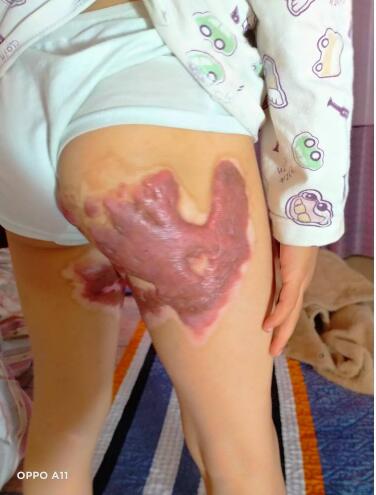
What are the typical symptoms of surgical scars
1. Depressed scars: mainly due to acne infection, trauma surgery and other reasons, the skin dermis layer defects, worm-like cone-like pit scars can be seen after heavier acne, and pit-like pit scars can be seen after smallpox chickenpox.
2. Raised scars: most of them are burns and scalds, proliferative lesions of fibroblasts in the skin dermis after surgery or repeated infections, visible red bumps, hard texture, smooth surface, and may be accompanied by itchy keloids. It can expand outward in the form of a crabfoot, with abundant blood supply in the raised scar, and more than 2 times higher than normal skin, oxygen free radicals and active proliferation of fibroblasts.
3. Smooth scar: refers to a scar on the superficial layer of the skin, mostly caused by mild skin abrasion or superficial (superficial dermal layer) burns and scalds, and its surface is rough or has pigment changes (such as skin erythema or white spots). Pigmentation), generally no dysfunction, but this kind of scars affects visual aesthetics.
4. Spontaneous keloid scars: minor abrasions occur or are not noticed on normal skin without obvious inducement, causing the skin to appear induration, and the gradual growth edge irregularly expands to the periphery, forming a crab foot or centipede-shaped butterfly shape. Round-shaped, hard-colored, pale red or dark red, consciously itchy, sometimes accompanied by paroxysmal pain or tingling.
5. Secondary keloids: generally occur in skin burns and scalds, infections and traumas, such as freezing, laser mole removal, eyebrow washing, ear piercing, vaccinations, surgical skin grafts, skin repairs, caesarean sections, etc., after various operations The scars and hyperplasia caused by the skin are reddish or dark red and itchy, and the symptoms of irritating food such as spicy food and wine are aggravated.



